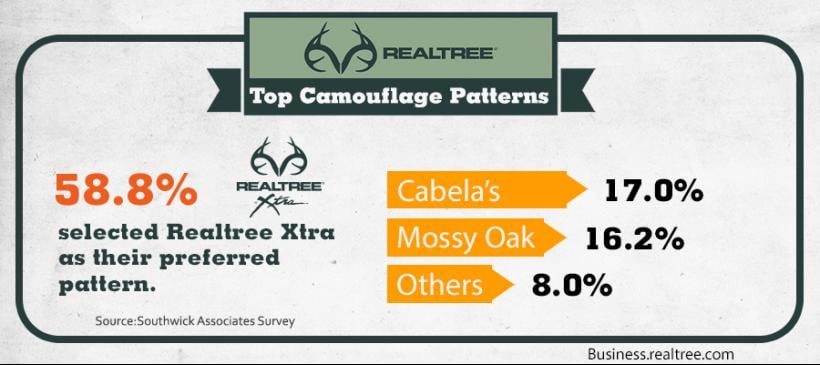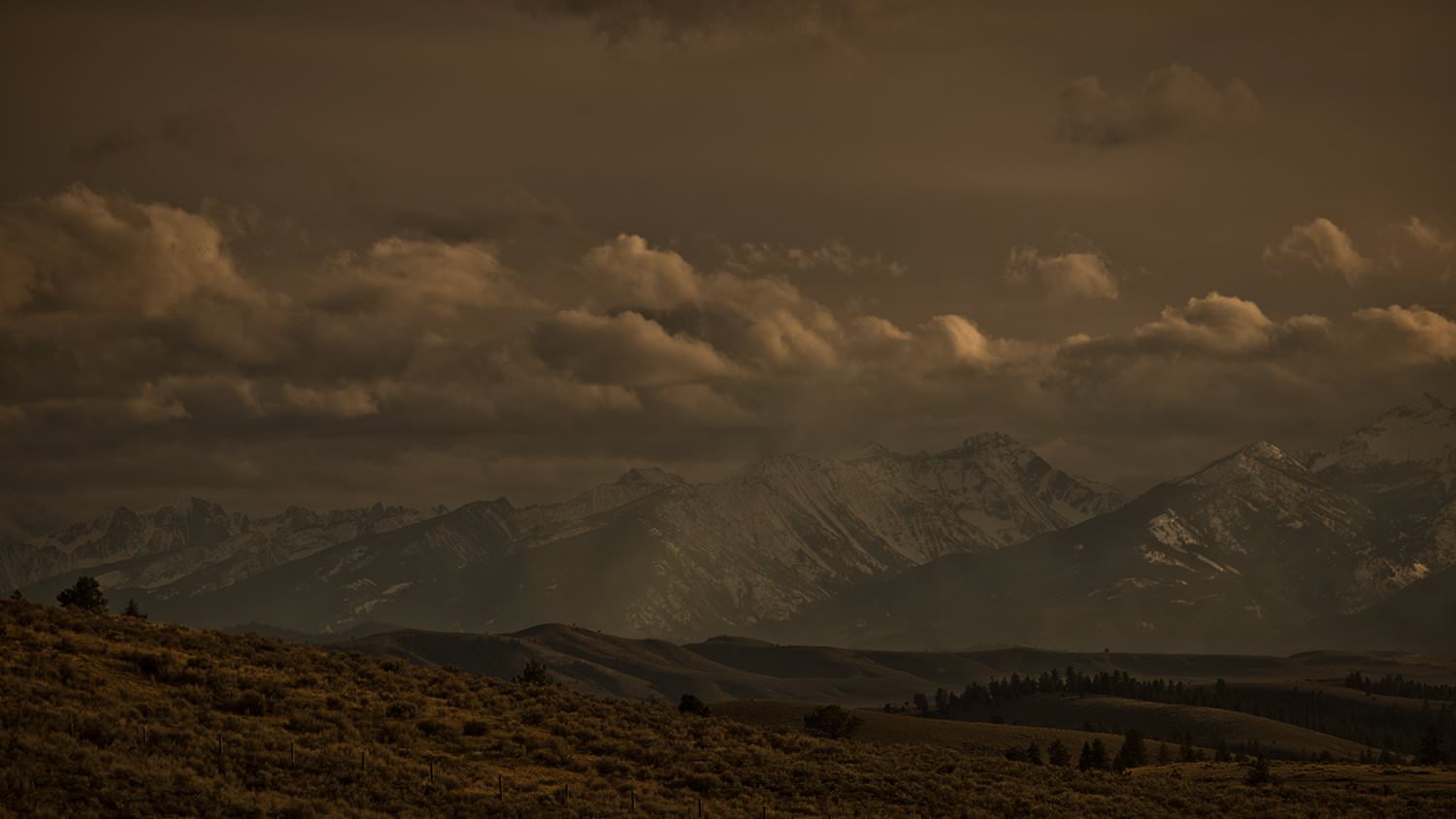TOP CAMOUFLAGE PATTERNS
- July 5, 2015
- By Cody Larrimore
- Research

I was an ecstatic 12-year-old on the Christmas that I received my first camouflage clothing – a jacket, pants and thermals. It’s not that the gear was top of the line (not that I would have known any better at that age), it’s that I was finally equipped. I had clothing that made me believe I was a hunter.
The continuing growth of today’s camouflage clothing market is no doubt tied to that same type of excitement shared by outdoor enthusiasts who want to be part of the hunting scene.
Have you ever looked in a big box store at all the options or surfed the web to find the many different variations? There are products that promise to eliminate scent and control odor. They are advertised as sweatproof, breathable, durable and able to provide numerous other benefits. Some are manufactured specifically for hunting certain species or for a certain type of hunting – archery, rifle or shotgun, for example. The choices can be overwhelming. Do you know what customers want and are you prepared to help them make their decisions?
On top of all the clothing features to sort through, there are numerous camo patterns competing for customers’ attention. Many customers have a difficult time distinguishing between patterns. Are you able to lend advice in that area?
A study conducted by Southwick Associates on behalf of Realtree Outdoors shows what camouflage patterns are purchased most often. The results are impressive and make a great case for partnering with Realtree.
Consider this: When outdoors enthusiasts were asked to choose their favorite pattern from among an unnamed selection, 58.8% selected Realtree Xtra. The next closest competitive pattern earned only 17% of the vote and the third came in at 16.2%. Several lesser-known patterns made up the balance.
This study reinforces the fact that while branding is important, consumers don’t make choices based on popularity. They are looking for versatile patterns that fit the terrain they hunt in. Realtree’s broad spectrum of terrain-specific patterns give customers the choices they want, and that translates to winning sales volume for manufacturers and retailers.
